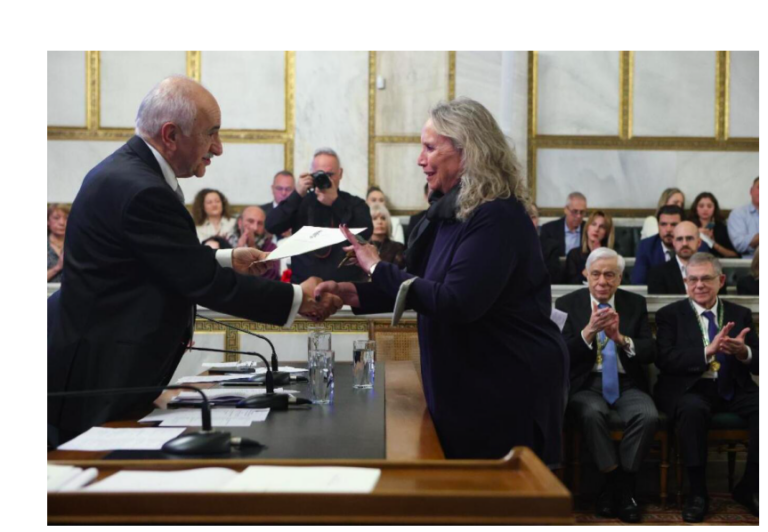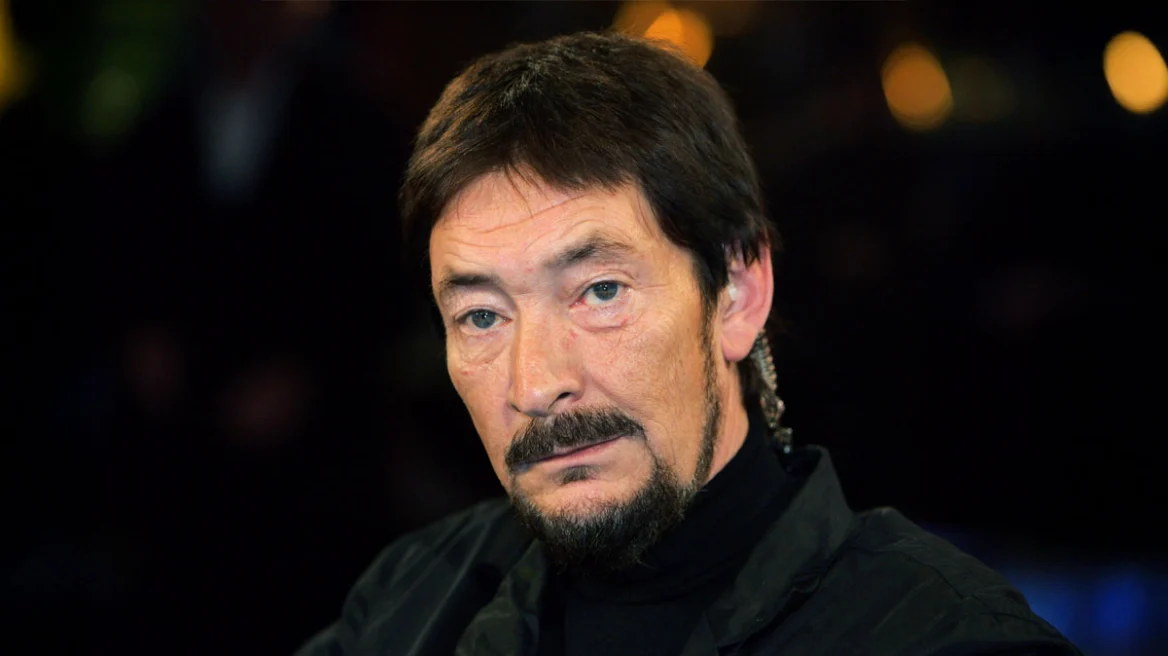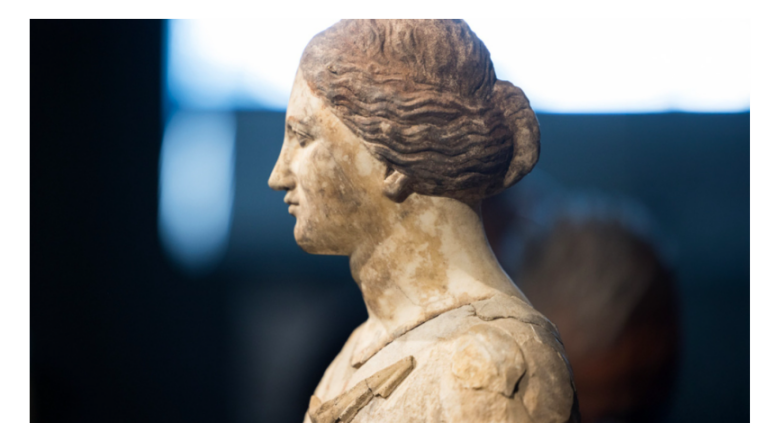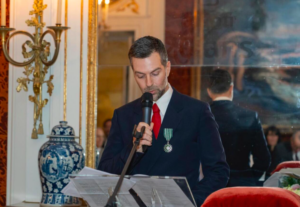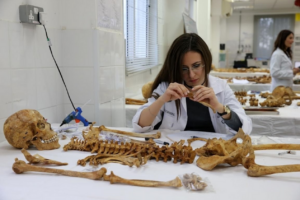
They will ask families to return the bones
Families to whom bones were given in Greece reach a total of 45, but 8 of them refused to return the bones for identification. This refusal prevents the identification of others besides the 8 missing persons, as it has been reported that bones from two or even three different individuals have been buried in some cases.
Anna Aristotelous, Head of Humanitarian Affairs for Missing Persons and Detainees, in collaboration with the Greek Army General Staff, will visit the families, noting that there is no need to return the bones, as samples can be taken from the burial sites for identification.
Diplomatic incident between Belgium and Turkey over a…dinner – What annoyed Ankara
There are still 47 soldiers missing from Greece
Excavations are being carried out for the ELDYK (Greek Force in Cyprus) soldiers outside the former camp in the occupied village of Gerolakkos.
The fallen officers, non-commissioned officers, and soldiers from Greece during the 1974 invasion totaled 99. There were also 77 missing, of whom 30 have been identified, and the remains of the remaining 47 are still sought.
The fate of 49% of the missing is unknown
Mrs. Aristotelous reported to protothema.gr that in the last month, there have been 6 identifications of remains, based on information provided by citizens who were aware of certain events.
In the last 8 months, 16 cases of missing persons have been located or identified. With these 16, the number of missing persons from 1974 has been reduced to 776. However, the fate of 49% of the missing from 1974 remains unknown to this day.
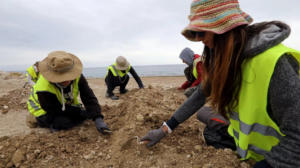
Information reaching Ms. Aristotelous’s office concerning missing persons whose remains may be located in the occupied territories is transmitted through the Greek Cypriot representative to the CMP (Committee on Missing Persons), which has the right to conduct investigations. However, the occupation Turkish regime creates problems as it designates many areas where mass graves existed as “military” and does not allow excavations. A laborious process is needed to declassify parts of these areas to allow for excavations.
In several cases, it has been found that Turkish occupation authorities moved remains from mass graves to other areas to avoid detection. However, there always remain some clues from small bones that prove this practice of covering up crimes from 1974.
Locating many missing persons would be particularly easy if Turkey provided information from its army archives, which contain many details about the locations of mass graves.
Out of the 1,619 missing from 1974, 619 were civilian citizens, while the remaining 1,000 were officers, non-commissioned officers, reservists, and volunteers, with the youngest being a 17-year-old volunteer.
There were 36 missing children, of which 20 have been identified. The youngest among them was only 6 months old.
Ask me anything
Explore related questions


